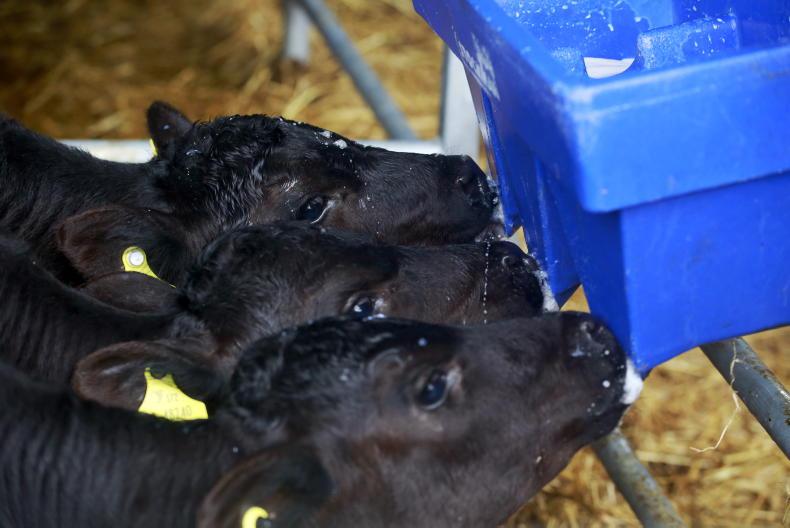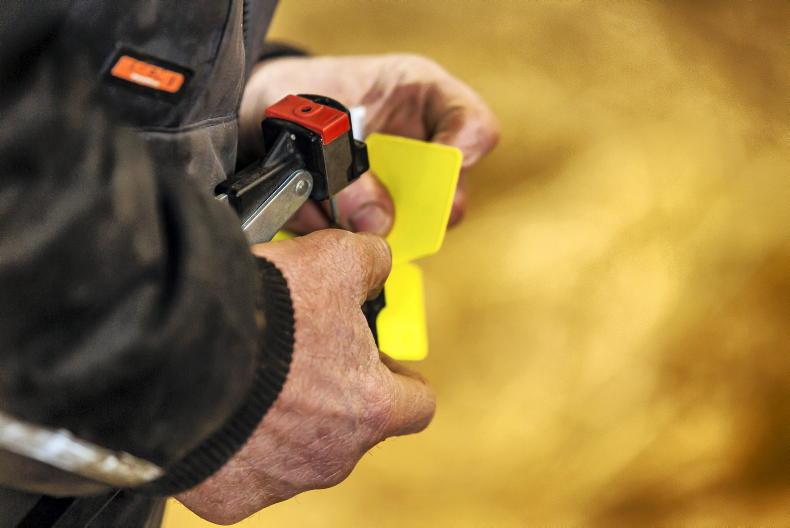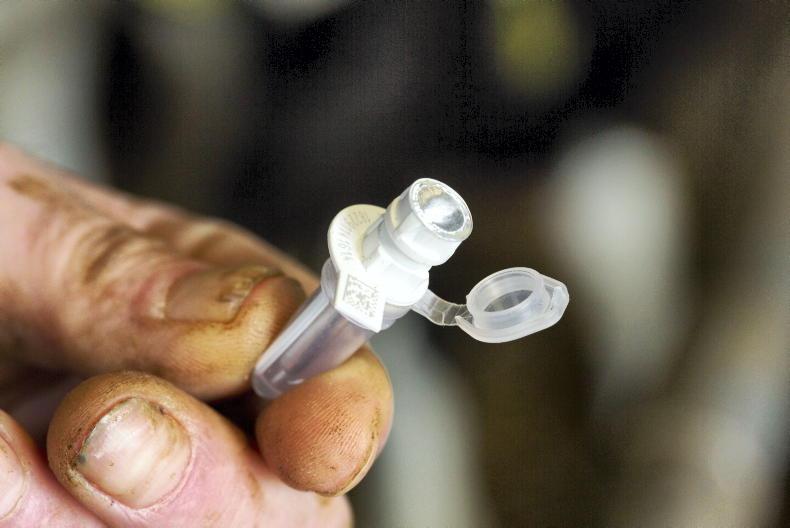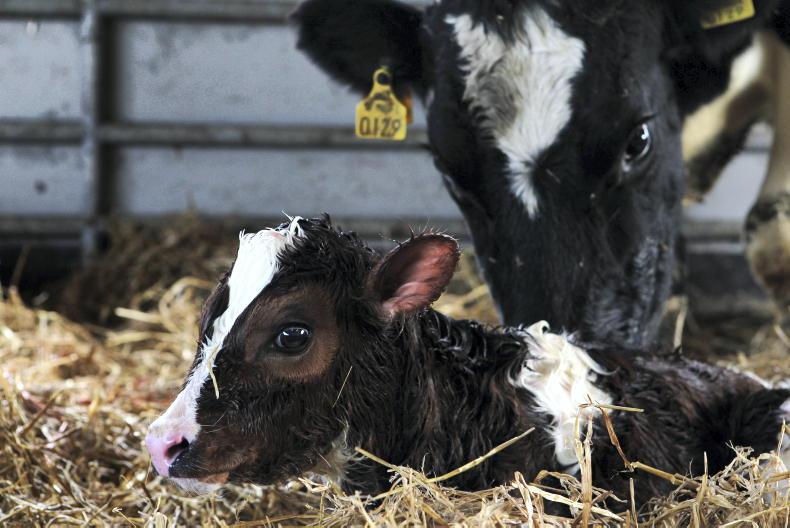Farmers should house dairy bull calves which are destined for veal production in small groups to improve their welfare, a scientific opinion on calf welfare by the European Food Safety Authority has recommended.
The opinion stems from a study which looked at three specific calf scenarios.
These were: bull dairy calves reared for white veal, the risks associated with limited cow-calf contact and animal-based measures (ABM) to monitor on-farm welfare in slaughterhouses.
Calves for veal
Calves for veal production should be moved to and kept in pairs or small groups of between two and seven animals in the first week of life.
“It is not recommendable to house young calves in large groups (groups of more than seven) within the first week of life,” it said.
It also recommends that calves are not kept individually at veal units and that they should be housed in groups of a maximum of seven animals, at least until the age of six weeks.
“If possible, calves should be kept with a familiar pen mate(s) from the dairy farm of origin after arrival at the veal unit. On the veal farm, groups should be kept stable as much as possible.
“Aspects such as ventilation and pen air volume should be well managed, but further research is needed for specific recommendations on these parameters,” it added.
Body condition scores
The study recommended that calves for veal are scored at the factory for a range of ABMs and that “systems for automatic and continuous assessment” of these measures should be developed.
These measures include data on body condition score, carcase condemnations, carcase colour, abomasal lesions, lung lesions and bursa swelling.
This could be collected to identify herds with some of the most common health-related welfare issues in veal calves, the report stated.
“Such data would be useful to benchmark holdings and to inform the need for implementation of preventive measures on farm,” it added. Data which is already collected for commercial purposes, such as carcase colour, should be made available for any future monitoring systems, it said.
“For a comprehensive welfare assessment, ABMs collected at slaughter should be complemented with data on behavioural ABMs collected on the farm, and information on on-farm mortality,” it said.
There is currently no EU-wide standard for the collection and recording of such measures.
Cow-calf contact
Calves should be kept with their dam for a minimum of one day and they should be housed with another calf after that period, it recommends.
“This would improve the current situation in which calves are mostly separated from the cow shortly after birth and housed individually after that. Prolonged cow-calf contact should increasingly be implemented due to the welfare benefits for calf and cow.
“Further research is needed to better understand how to implement cow-calf contact in a larger scale and to identify the best options in practice. Research is also needed for defining best practices for foster-cow rearing,” it added.
The study found that separation stress is most severe after the cow-calf bond is formed at four days post-calving and until six to 10 weeks of age.
After this period, the study found that separation results in fewer reactions the older the calves are.
There is a lack of scientific evidence at which age separation responses start to decline and very limited published data on cows' responses to separation from the calf.










SHARING OPTIONS